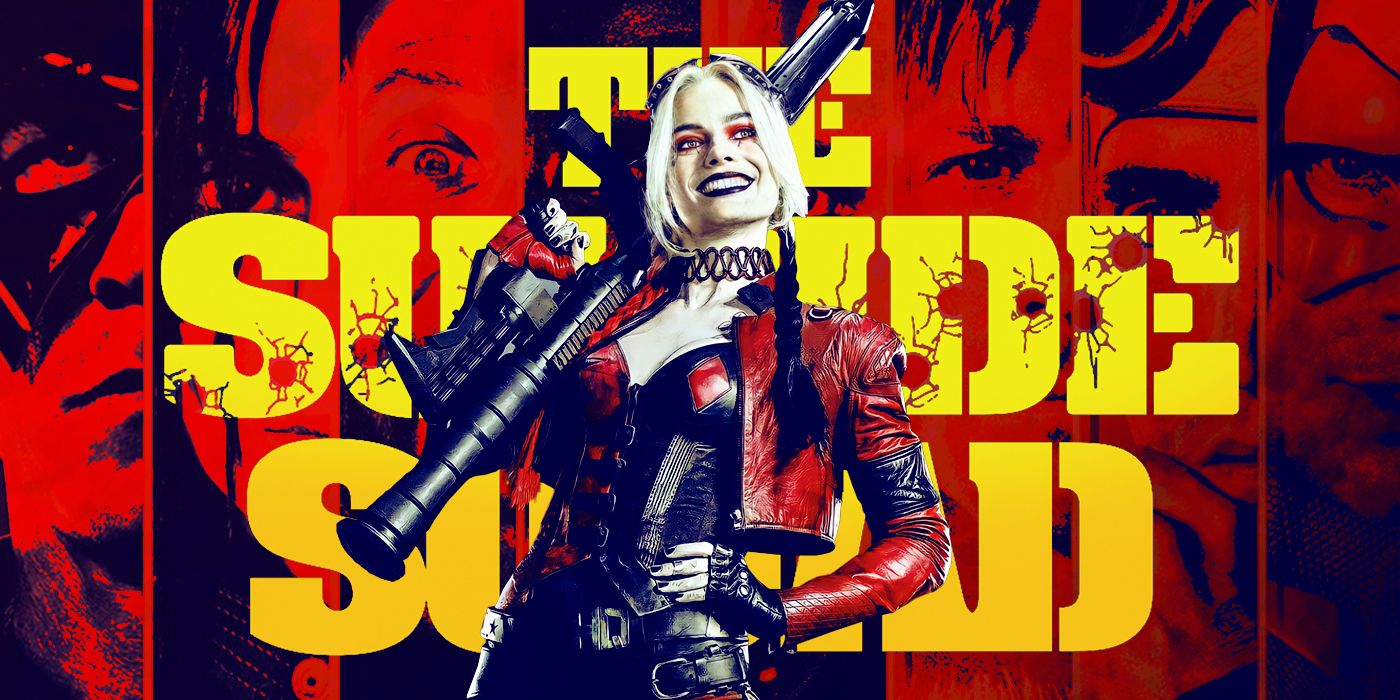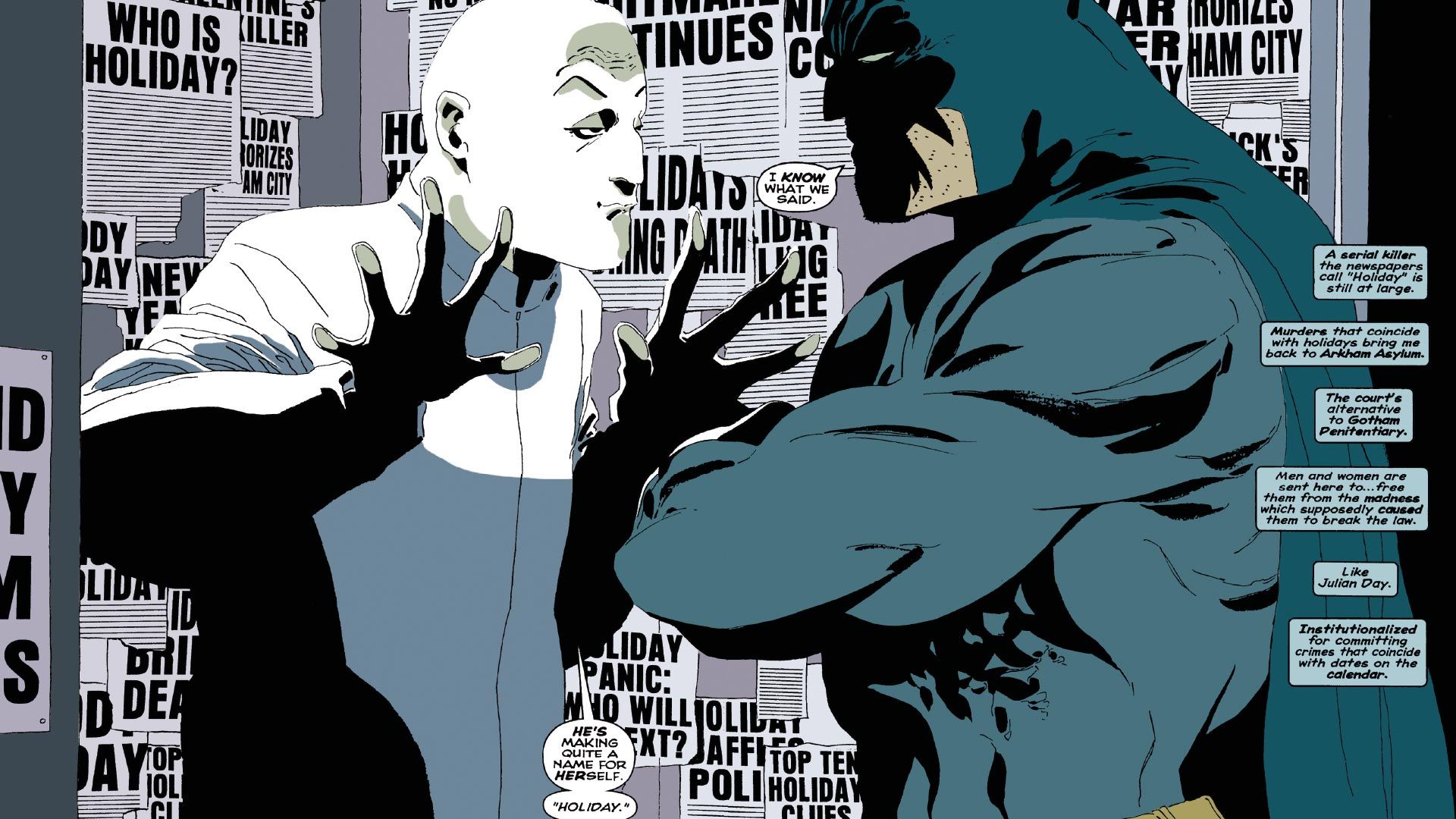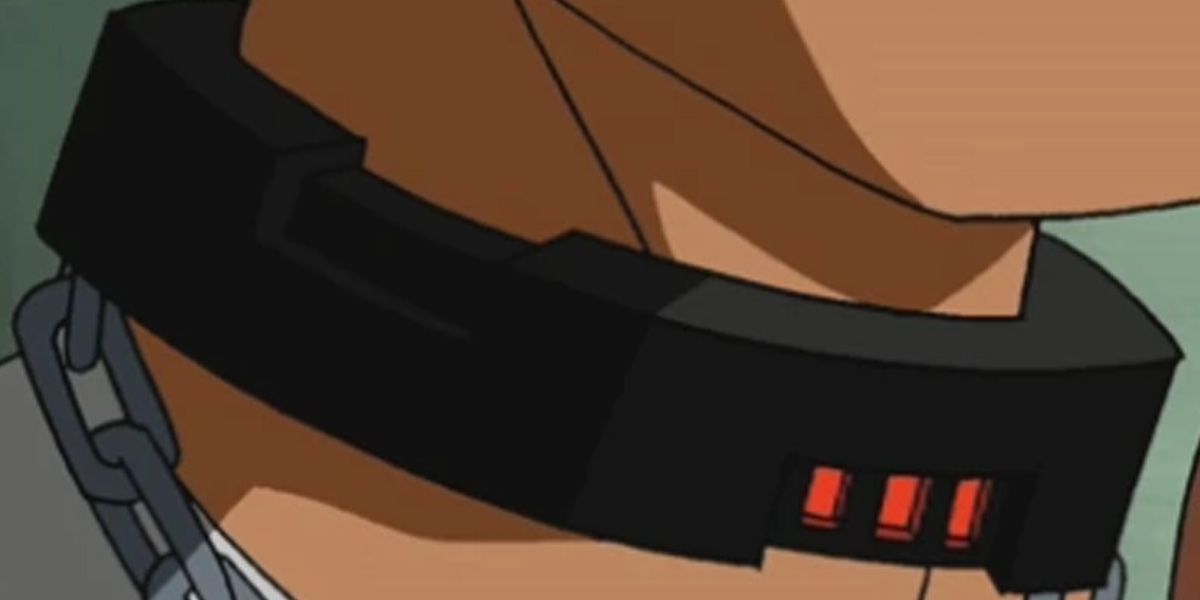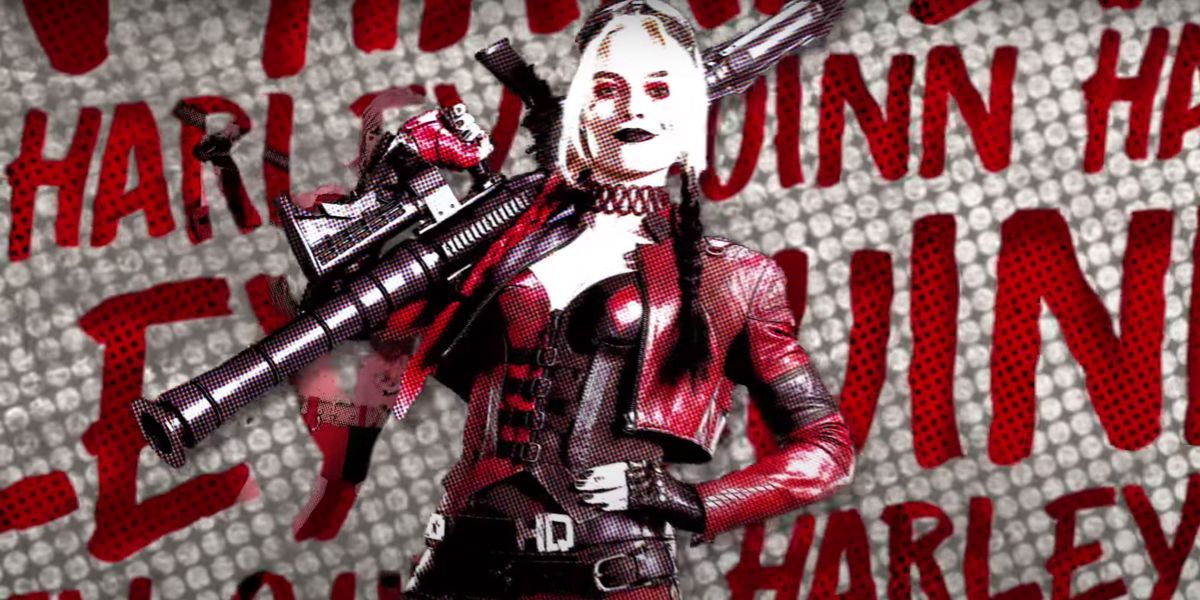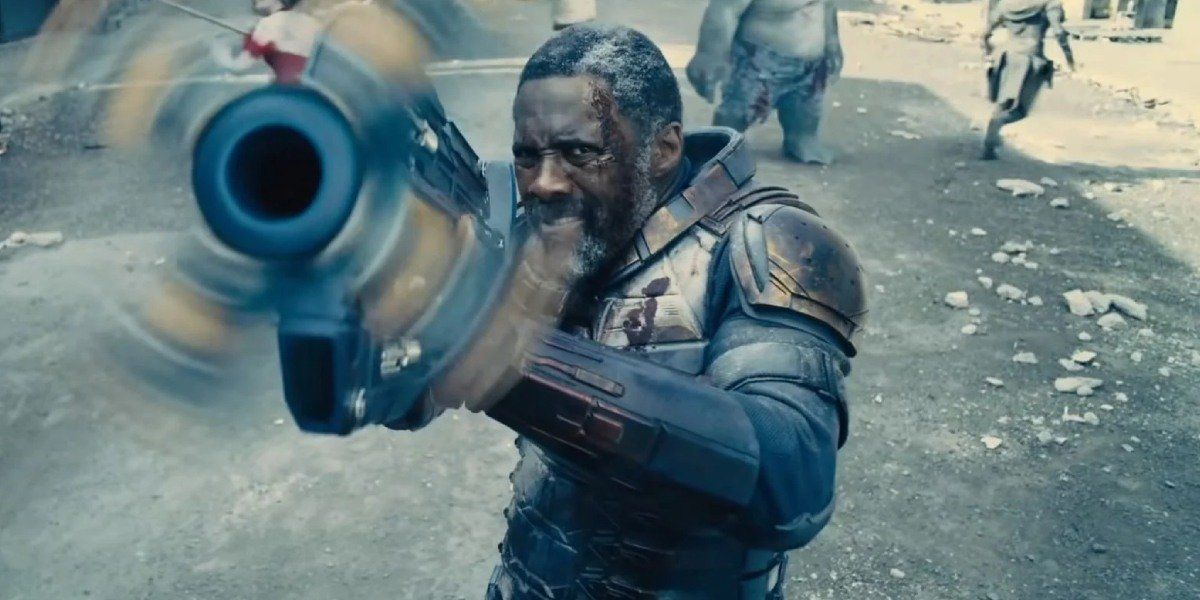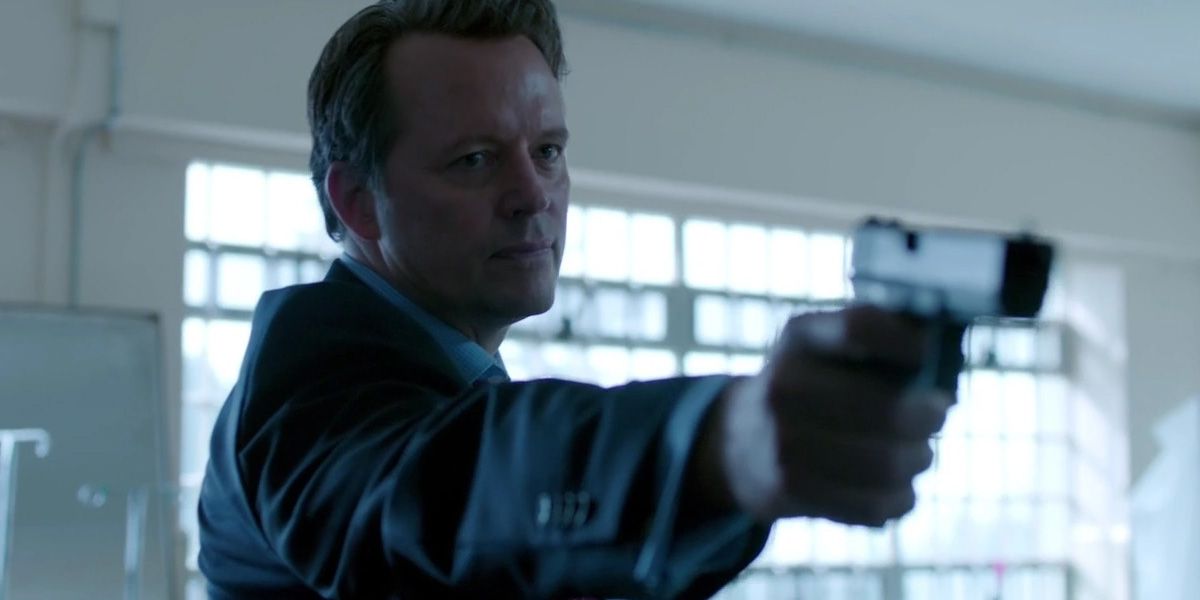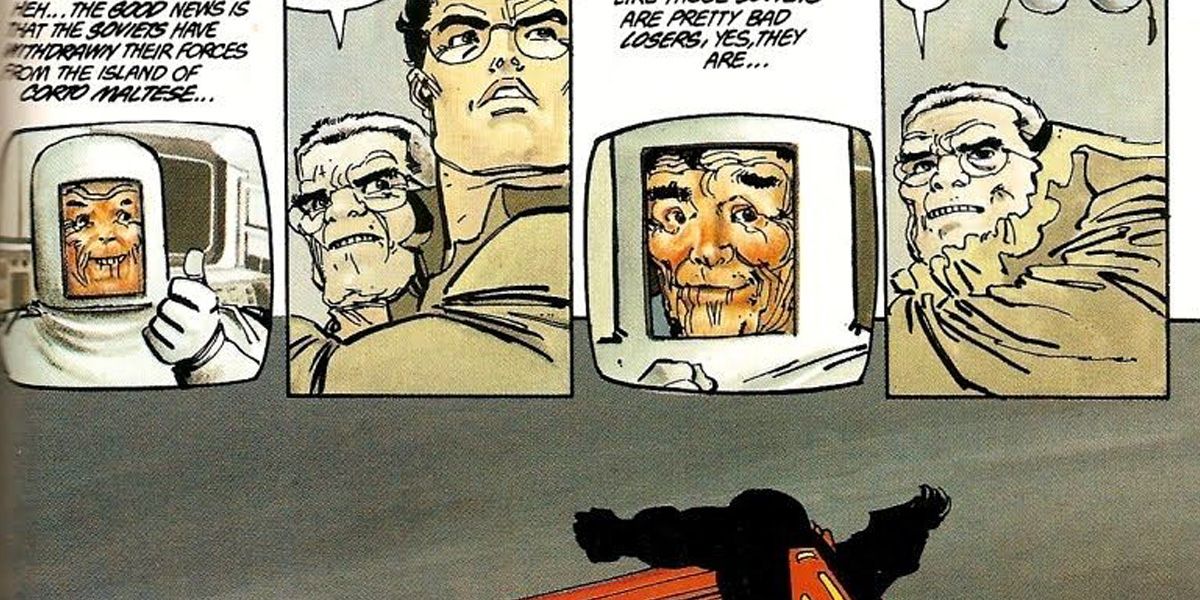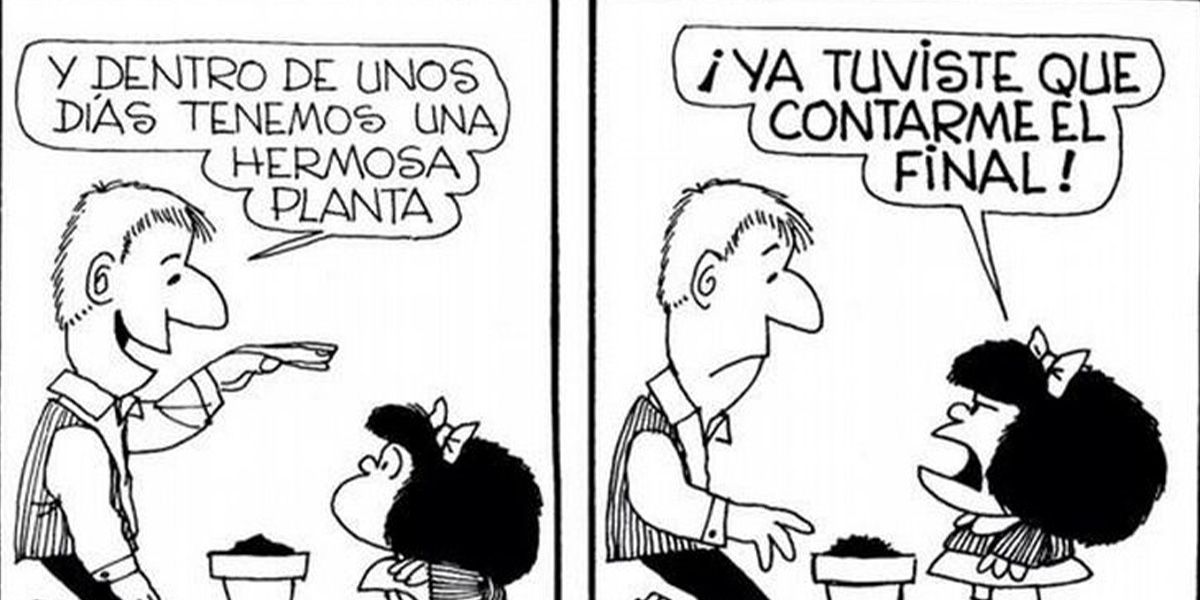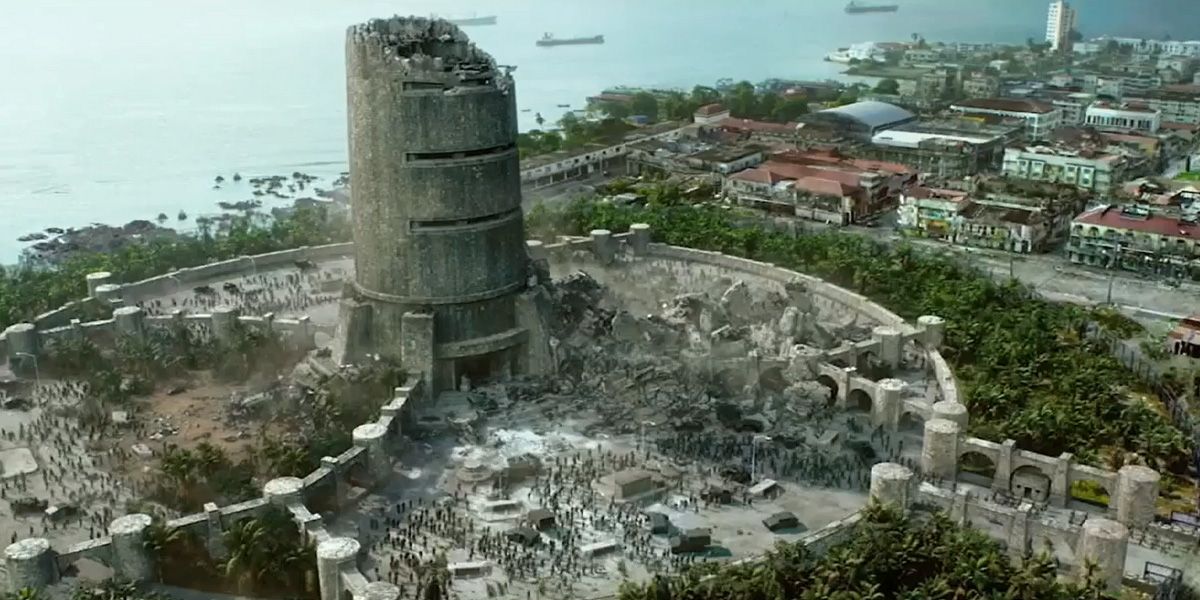[Editor's note: The following contains spoilers for The Suicide Squad]
We all know the drill by now: where there’s a superhero movie, there are tons of easter eggs waiting to be discovered. It couldn’t be different with The Suicide Squad, James Gunn’s glorious take on DC’s Task Force X. Admittedly, TheSuicide Squad is an atypical superhero movie since it’s more concerned with telling its story than connecting to a bigger cinematic universe. That means the film has fewer easter eggs than your average superhero movie.
Even so, Gunn was able to hide some clever references in The Suicide Squad, including some F-list villains that remained on Belle Reve Penitentiary and a shout to comic book artists beyond the super-hero subgenre. As many of these easter eggs are present in “blink and you might miss” scenes, we’ve created a handy guide to tell you all about the details hidden in The Suicide Squad.
Belle Reve Other Inmates
The Task Force X team sent to Corto Maltese already has more than a dozen villains, but some inmates of the Belle Reve Penitentiary were left behind — which is very fortunate for them, given what happens to Team A on that opening credits at the beach. Among the inmates shown by Gunn, we could spot Kaleidoscope, Calendar Man, and Double Down.
Kaleidoscope is a villain created by Robby Reed for 1982’s Superboy Vol 2 #36. The villain was only present for two issues of the whole DC universe, making her as obscure as a villain can be. Her powers, though, could have been put to good use by Gunn since Kaleidoscope is capable of creating illusions and hallucinations. Played by Natalia Safran in The Suicide Squad, Kaleidoscope is shown with her colorful body when Amanda Waller (Viola Davis) is walking Bloodsport (Idris Elba) through the prison at the beginning of the movie.
Once Amanda and Bloodsport stop in front of Polka-Dot Man’s (David Dastmalchian) cell, Gunn slips in two more villains. First, we have Sean Gunn as the Calendar Man, a classic Batman villain created by Bill Finger and Sheldon Moldoff for 1958’s Detective Comics #259. The villain is fascinated by holidays and usually performs crimes connected to special days in the calendar. It’s appropriate, then, that Calendar Man teases Poka-Dot Man by saying that he wants to hire the colorful villain to cheer a children’s birthday. The Calendar Man used to be an obscure villain, but he gained some more recognition after showing up in the Batman: Arkham game franchise and, more recently, in the movie adaptation of Batman: The Long Halloween.
Standing by the side of Calendar Man, we have Jared Leland Gore playing another obscure villain, Double Down. The villain gained his powers after killing another gambler, who happened to be in possession of a cursed card deck. As a result, almost all the skin of Double Down was torn apart and replaced by magical cards he can throw at will to cut everything in his way. Double Down was created by Geoff Johns and Ethan van Sciver for 2001’s Flash: Iron Heights #1 — we got to say, The Flash has the weirdest rogues gallery ever.
The Inhibitor Collar
When Polka-Dot Man is seen for the first time, the villain is using an Inhibitor Collar. Created by A.R.G.U.S., the company directed by Amanda Waller and the official employers of Task Force X, each Inhibitor Collar is custom made to block any villain, or hero, superpowers. The inhibitor collar became a recognizable tool in DC stories thanks to the animated series Young Justice, which extensively uses the objects through all its three seasons.
Harley’s New Jacket
Harley Quinn’s (Margot Robbie) jacket is not exactly an easter egg, but it’s still a nice detail to highlight. During the events of 2016’s Suicide Squad, Harley used a jacket with the words “Property of the Joker” written all over it. Harley’s new jacket has a new saying that shows her evolution as a character: “Live fast, die clown”. David Ayer’s Suicide Squad is deservedly criticized for many reasons. Still, one of its biggest offenses is how the movie reduces Harley Quinn’s character, a brilliant doctor, to a woman who literally dreams about becoming a housewife. It’s nice to see Quinn is getting more appropriate treatment in other DC movies as well as reminding of us her recent evolution during the events of Birds of Prey.
Bloodsport's Military Background
The Suicide Squad tells us Elba's Bloodsport fought by the side of Joel Kinnaman's Rick Flag when they were both in the army. This is a nod to the first iteration of Bloodsport in the comic books, created by John Byrne for 1987's Superman vol. 2 #4. In the original story, Bloodsport is a Vietnam draft evader who has a mental breakdown when his brother comes back from war missing both arms and both legs. Consumed by the guilty of letting his brother go to Vietnam in his place, Bloodsport becomes an easy target for Lex Luthor. Luthor uses Bloodsport's grief to condition him to target Superman, a confrontation that indeed takes the Kryptonian to the hospital, after being hit by a kryptonite bullet. In Gunn's film, Bloodsport indeed served in the military, instead of evading his duty, but the reason why he ends up in Belle Reve is pretty much the same.
Senator Cray
In the middle of The Suicide Squad, Amanda Waller is shown practicing her golf skills in the Task Force X base of operations. Waller is obviously not good at the game, a fact that she resents since she's supposed to play golf with Senator Cray. This is a nod to Senator Joseph Cray, a corrupt politician who's also the father of Adam Cray, the fourth hero to take up the mantle of the Atom. Senator Cray shows up briefly in Arrow's Season 3, portraited by Steven Culp. In the series, Cray stages a hostage situation to increase his popularity before his presidential campaign. The Suicide Squad is sent to rescue the Senator, but once Cray's plan is uncovered, Deadshot (Michael Rowe) sacrifices himself to stop the Senator from killing innocent witnesses. Unfortunately, Cray gets the help of Amanda Waller (Cynthia Addai-Robinson) to cover up the whole situation, pinning the blame of all the deaths on the deceased Deadshot. It's nice that Gunn pays homage to the Suicide Squad iteration on the Arrowverse, even if with a subtle nod.
The Island of Corto Maltese
The island of Corto Maltese is a fictional country taken straight from the comics. The country was created by Frank Miller for 1986’s The Dark Knight Returns and is presented as an island occupied by the Soviets during the Cold War. The island is obviously inspired by Cuba, and in the events of The Dark Knight Returns, the United States supports a rebel uprising against the local regime, sending Superman to oversee the crisis. While The Suicide Squad does not use the Cold War as a background, the movie also depicts how the presence of U.S. agents can escalate a local conflict. Corto Maltese is named after the fictional adventurer created by Italian comic book writer Hugo Pratt.
Mafalda Keychain
The Suicide Squad expends a couple of seconds showing a keychain hanging on the rearview mirror of Milton’s (Julio Ruiz) van. Milton — may his soul rest in peace — is supposedly a fan of Mafalda, a character created by Argentine comic writer Quino. The Mafalda comic strip depicts a 6-year-old girl who reflects on social issues of Latin America and the world. It’s funny, brilliant, and highly recognizable in Latin America. The inclusion of a Mafalda keychain is a great reference that helps to make the fictional land of Corto Maltese more real.
Jotunheim
During the events of The Suicide Squad, Task Force X is encharged of destroying Jotunheim, a secret nazi laboratory created by Germans after World War II. In the comic books, Jotunheim is a base located in another fictional country, Qurac, a rogue nation in the Middle West. During the first story arc of The Suicide Squad comics, Baptism of Fire, the team is also encharged of infiltrating Jotunheim, but in the comics, their goal is to kill a team of supervillains named Onslaught. Even if The Suicide Squad is an entirely original story written by Gunn, using Jotunheim as a base is a nice nod to the first The Suicide Squad issues, published in 1987.

